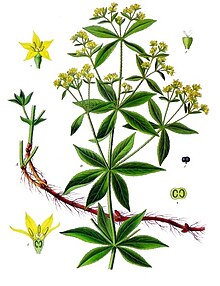Good things come in small packages ...
Washing to maintain lock structure ...
My favorite detergents. About one tablespoon per wash pot.
Layer tulle netting between layers of locks in the pasta drainer.
2 washes; 2 rinses. 160 - 180 degrees; each pot slightly hotter than the one before it. Put the oshi buta on top of the layers of fleece and drop it into the pot of hot water. Leave it there for 30 - 45 minutes.
"Twirl" (You've Got Mail!) with the pasta drainer between baths to remove excess water and soap. Twirl in one direction only. There's a better photo of "twirling" in my "big batch" post .... you can see the water flying out of the basket as I turn.
Depending on the condition of the fleece, the wash water can be used more than once. Dispose of the water OUTSIDE (pour it on a plant; it makes great fertilizer). Do not pour down the drain.
Wax (lanolin) + drain pipes = big plumber's bill!!
2 rinses; "twirl" in between and after final rinse.
Separate layers of locks ...
And set out to dry.
A dehumidifier helps drying.
Deborah's washed locks!
Enjoy!






























.jpg)




